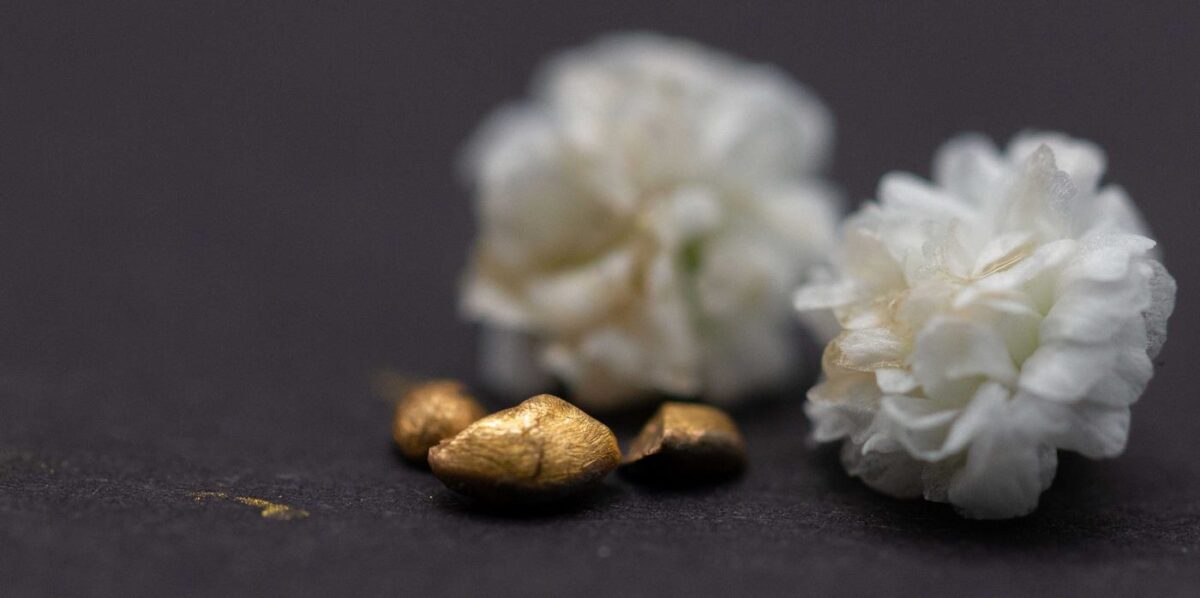Dairy Helps Extracts Gold from E-Waste

Scientists have developed a cost-effective method to recycle certain electronic waste using whey protein. This approach allows for easy gold recovery from circuit boards, costing 50 times less than the value of the recovered gold—figures that appeal to large-scale businesses. Traditional e-waste recycling methods can’t match these savings, making this method potentially scalable.
Professor Raffaele Mezzenga from ETH Zurich discovered that whey protein, a byproduct of dairy manufacturing, can create sponges that attract ionized gold. Electronic waste contains valuable metals like copper, cobalt, and gold, used extensively in electronics for their conductive properties.
Mohammad Peydayesh, Mezzenga’s colleague, first denatured whey proteins under acidic conditions and high temperatures, forming protein nanofibrils in a gel. After drying the gel, they created a sponge from these fibrils. To extract gold, they soaked 20 salvaged motherboards in an acid bath until the metals dissolved into ionized compounds. The sponge then attracted these ions, and a heat treatment aggregated the gold into 22-carat flakes for easy removal.
They extracted 450 milligrams of gold, worth about $38.70 at current market value, though the nuggets contained around 9% copper. Further smelting could purify the gold, reducing its weight slightly.
The true financial value lies in the bottom line—50 times the cost of energy and materials. The scientists plan to market this technology quickly and explore if other food waste byproducts can be used to make the protein fibril sponge.
E-waste is a growing global problem, requiring energy-intensive machinery for recycling. The benefits of recycling these materials include preventing long-term landfill waste, the loss of the precious metals to said landfills, and reducing the demand for new mining operations.